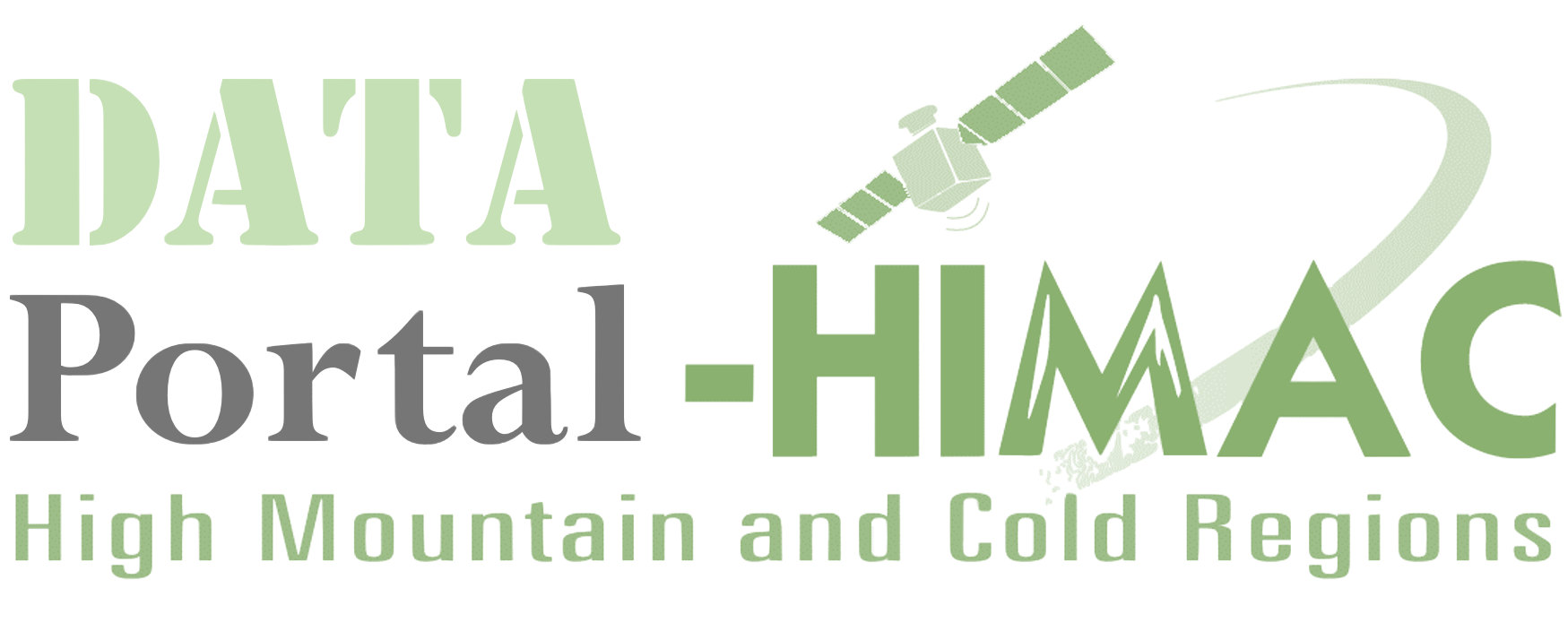Lake-ice phenology (LIP) is an essential indicator of climate change and helps to understand regional characteristics of the climate change impact. Ground observation records and remote sensing retrieval products of lake ice phenology are abundant in Europe, North America, and the Tibetan Plateau, but there is a lack of data in inner Eurasia. In this work, enhanced resolution passive microwave satellite data (PMW) was used to interpret LIP in the Northern Hemisphere. Freeze Onset (FO), Complete Ice Cover (CIC), Melt Onset (MO), and Complete Ice Free (CIF) times were defined for 753 lakes, including 409 lakes with explicit lake ice phenology retrieval from 1978 to 2020 and 344 lakes from 2002 to 2020. The weather and sunlight independent PMW dataset provides the freezing and thawing process information more effectively than MODIS observations and provides the fundamental data for the freeze-thaw times for research of lake ice and climate change impact in the cold regions of the Northern Hemisphere.
